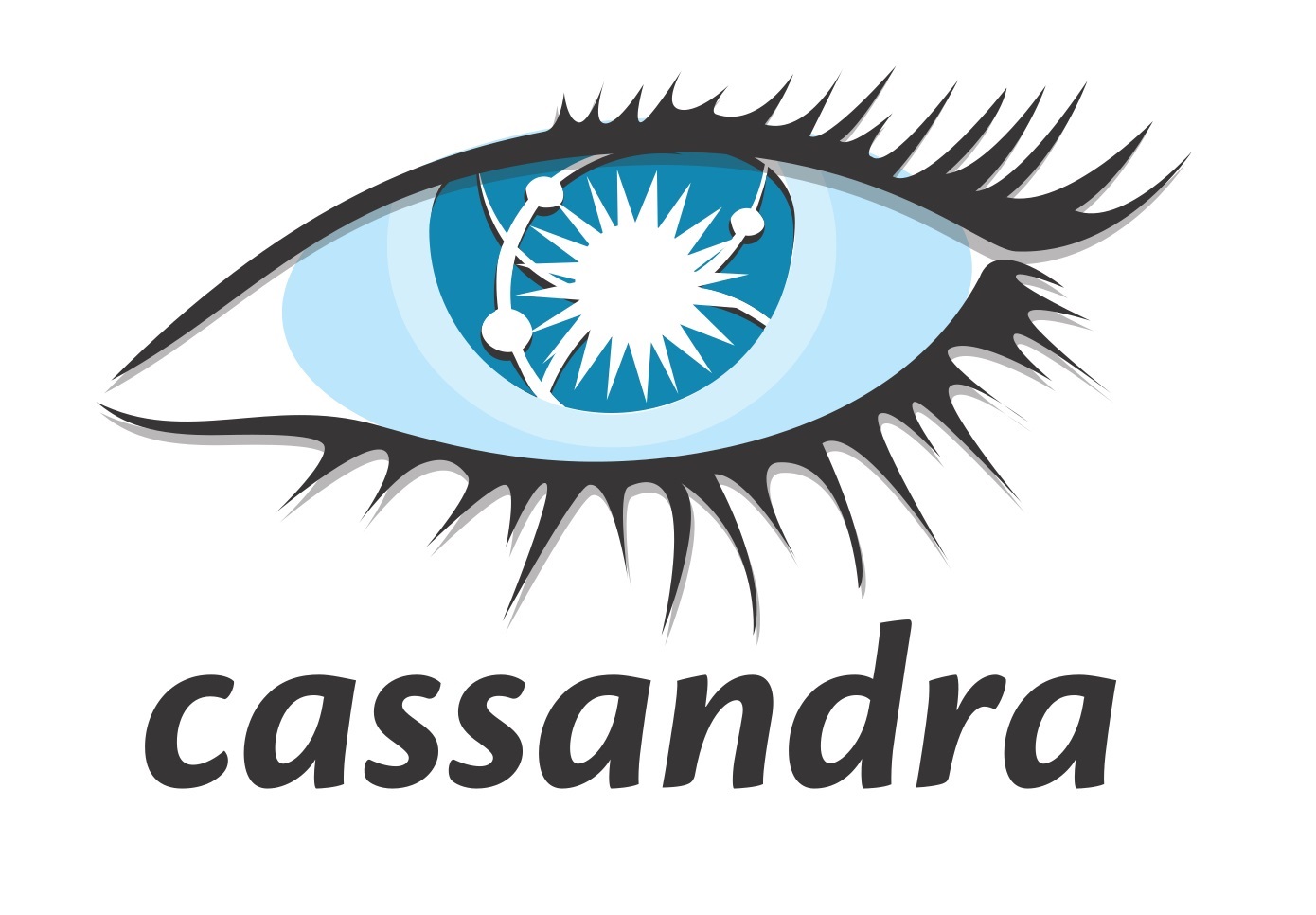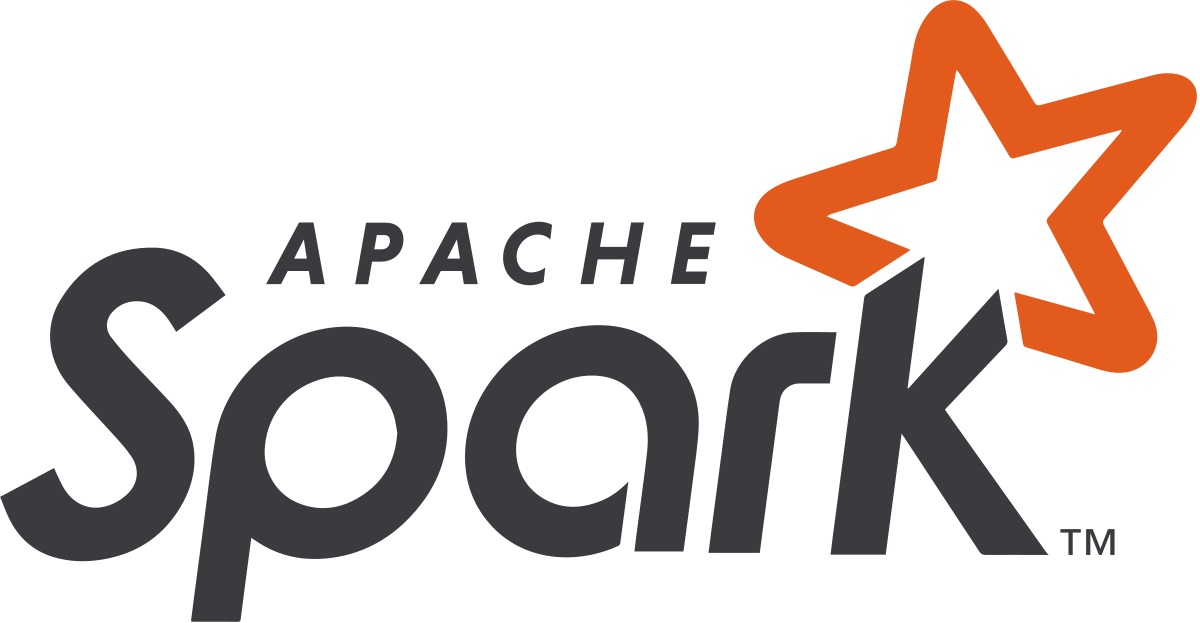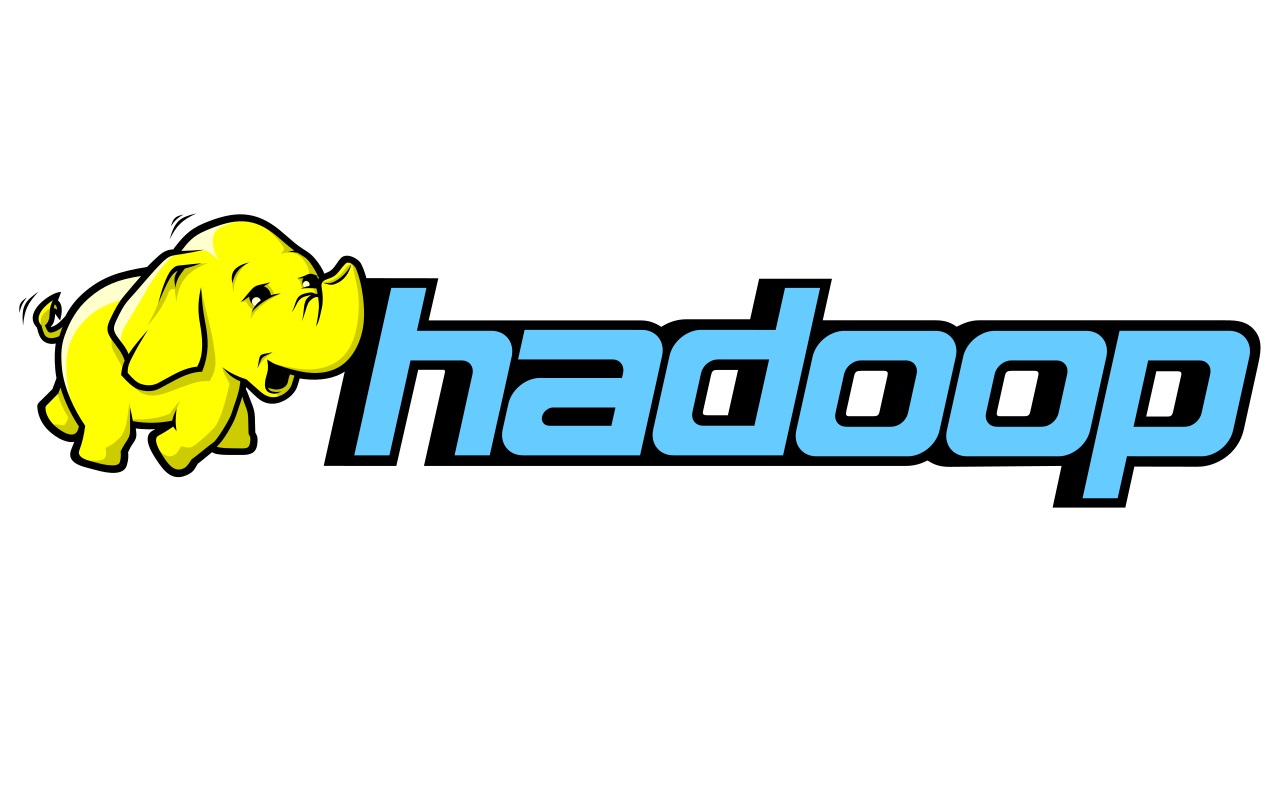Everything about MongoDB
Published
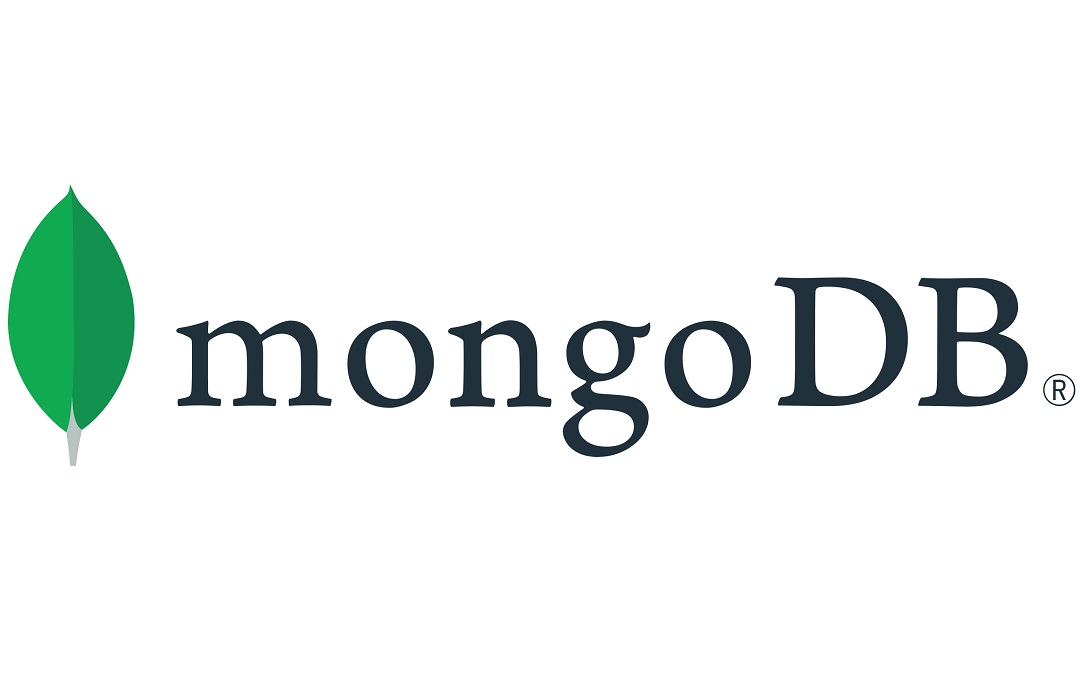
MongoDB is a NoSQL database that was developed for the management of unstructured data. In contrast to traditional relational databases, which are based on a table-based data model, MongoDB uses a document-oriented data model. This means that data is organized in documents that are stored in a collection.
MongoDB was developed to provide a flexible, scalable and highly available database solution. The database can be scaled horizontally and vertically and can be distributed across thousands of nodes. MongoDB is also designed for high availability and resilience and can work with multiple data centers.
The database offers flexible data modeling and supports complex queries and aggregations. MongoDB also supports a variety of data structures, including embedded documents, arrays and geographic data.
MongoDB is an open source database used in a variety of applications, from web applications and e-commerce systems to IoT applications and big data analytics. The database is supported by an active community and there are a large number of tools and extensions that are compatible with MongoDB.
What distinguishes MongoDB?
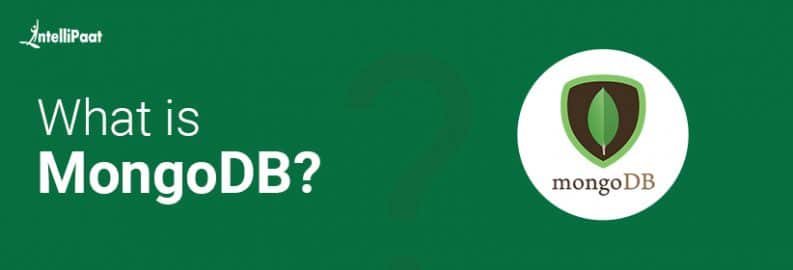
Source : intellipaat.com
MongoDB is characterized by the following features:
- Flexible data model: MongoDB uses a document-oriented data model that allows users to model data in a flexible way. Users can summarize or nest records, allowing them to map complex data structures.
- Scalability: MongoDB is designed for horizontal scaling and can easily scale to thousands of nodes. The database also supports automatic sharding functions to automatically distribute data across multiple nodes.
- Query and indexing capabilities: MongoDB supports powerful query capabilities and indexing features that allow users to efficiently execute complex queries.
- Aggregation: MongoDB provides a comprehensive aggregation pipeline that allows users to filter, transform and aggregate data.
- Resiliency: MongoDB is designed for high availability and resiliency, supporting features such as automatic failover and replication to ensure that data remains available in the event of failures.
- Geospatial data support: MongoDB supports geospatial data and provides geospatial indexing and querying capabilities.
Open source community: MongoDB is an open source database and is supported by an active community. There are a variety of tools and extensions that are compatible with MongoDB.
To summarize, MongoDB is a flexible, scalable and powerful NoSQL database designed for managing unstructured data. It offers a variety of features that allow users to efficiently model, manage and query complex data.
Which systems is MongoDB compatible with?

Scource: educba.com
MongoDB is a platform-independent NoSQL database and is compatible with various operating systems, programming languages and frameworks. Here are some of the most important systems with which MongoDB is compatible:
- Operating systems: MongoDB is compatible with various operating systems, including Windows, Linux, macOS and others.
- Programming languages: MongoDB drivers are available for a variety of programming languages, including Java, Python, Ruby, Node.js, C#, PHP and others.
- Frameworks: MongoDB can be used with a variety of frameworks, including Spring, Express, Ruby on Rails and others.
- Cloud platforms: MongoDB is compatible with various cloud platforms, including Amazon Web Services, Microsoft Azure, Google Cloud Platform and others.
- Analysis tools: MongoDB can be integrated with various analysis tools and business intelligence tools, including Tableau, QlikView, Microsoft Power BI and others.
Overall, MongoDB is a flexible database that is compatible with various systems and tools, allowing users to integrate the database into their existing systems and use it seamlessly.
How easy is it to scale MongoDB?
MongoDB is designed for horizontal scaling, which means that it is easy to increase the capacity of the database by adding more servers. MongoDB supports automatic sharding functions to automatically distribute data across multiple nodes. This allows the load to be distributed across the nodes and performance to be improved.
- MongoDB bietet auch eine Reihe von Werkzeugen und Funktionen, um das Skalieren der Datenbank zu vereinfachen. Hier sind einige Beispiele:
- Horizontales Sharding: MongoDB unterstützt horizontales Sharding, um Daten auf mehrere Knoten zu verteilen und so die Leistung und Kapazität zu erhöhen.
- Automatisches Rebalancing: MongoDB verfügt über Funktionen zum automatischen Rebalancing von Daten, um sicherzustellen, dass die Daten gleichmäßig auf den Knoten verteilt sind.
- Cloud-basierte Skalierung: MongoDB bietet integrierte Unterstützung für Cloud-Plattformen wie Amazon Web Services, Microsoft Azure und Google Cloud Platform, um das Skalieren der Datenbank zu vereinfachen.
- Aggregation Framework: MongoDB bietet eine umfassende Aggregationspipeline, die es Benutzern ermöglicht, Daten zu filtern, zu transformieren und zu aggregieren, um die Datenverarbeitung effizienter zu gestalten.
- Load Balancing: MongoDB bietet Load Balancing-Funktionen, um die Last auf die Knoten gleichmäßig zu verteilen und so die Leistung zu verbessern.
Overall, it is relatively easy to scale MongoDB, and the database offers a variety of features and tools to simplify scaling.
Which companies use MongoDB?
MongoDB is one of the most commonly used NoSQL databases and is used by many large and small companies. Here are some examples:
- Adobe: Adobe uses MongoDB as part of its Creative Cloud solution.
- Cisco: Cisco uses MongoDB to manage customer and production data.
- Expedia: Expedia uses MongoDB to manage user data and personalize offers.
- Forbes: Forbes uses MongoDB to manage user data and improve the reader experience.
- eBay: eBay uses MongoDB to manage product and transaction data.
- Bosch: Bosch uses MongoDB to manage IoT data.
- Yelp: Yelp uses MongoDB to manage business and user data.
- Lyft: Lyft uses MongoDB to manage passenger and driver data.
- Barclays: Barclays uses MongoDB to manage financial data.
- The New York Times: The New York Times uses MongoDB to manage user data and improve article and content recommendations.
Overall, MongoDB is used by a large number of companies in various industries to manage data more efficiently and scalably.
